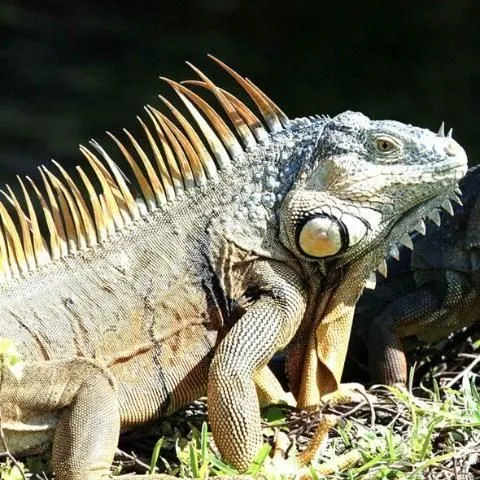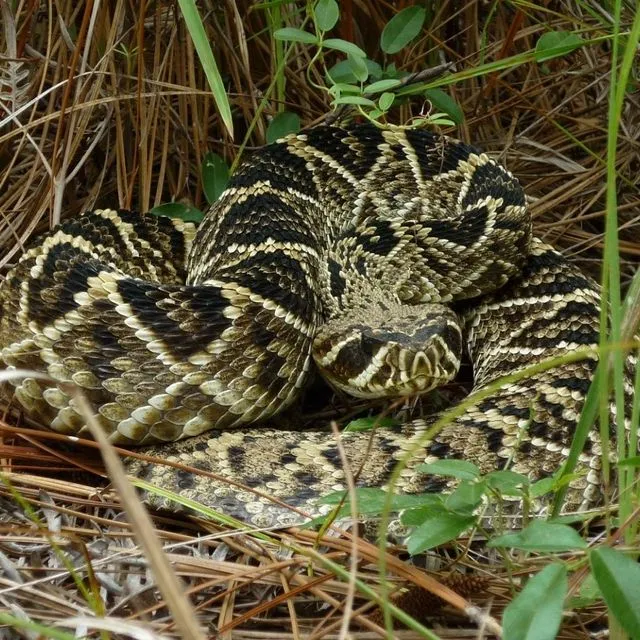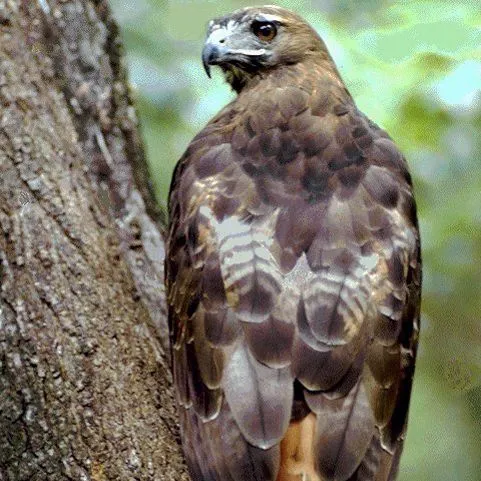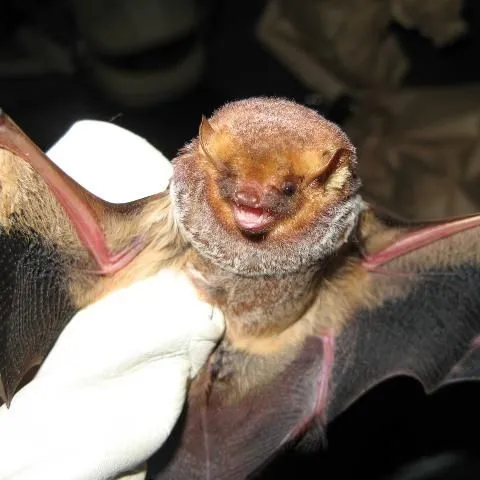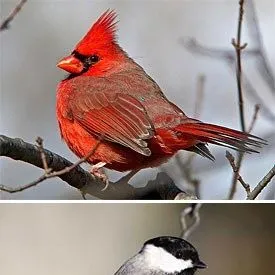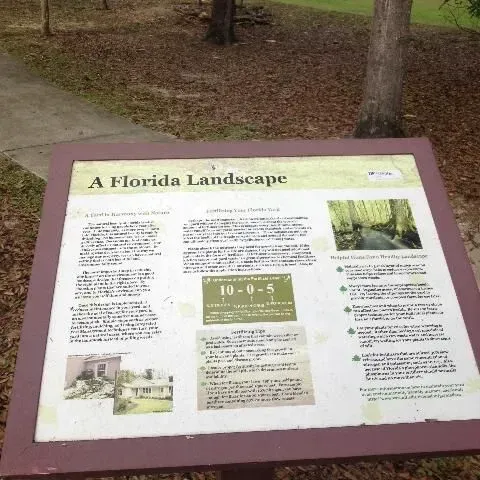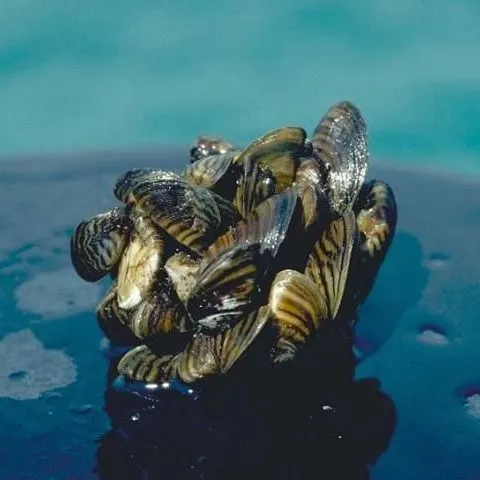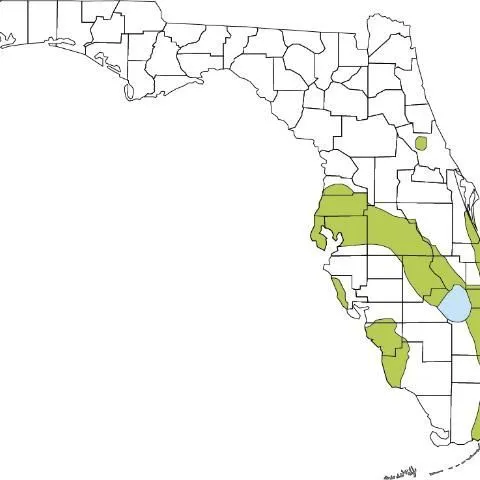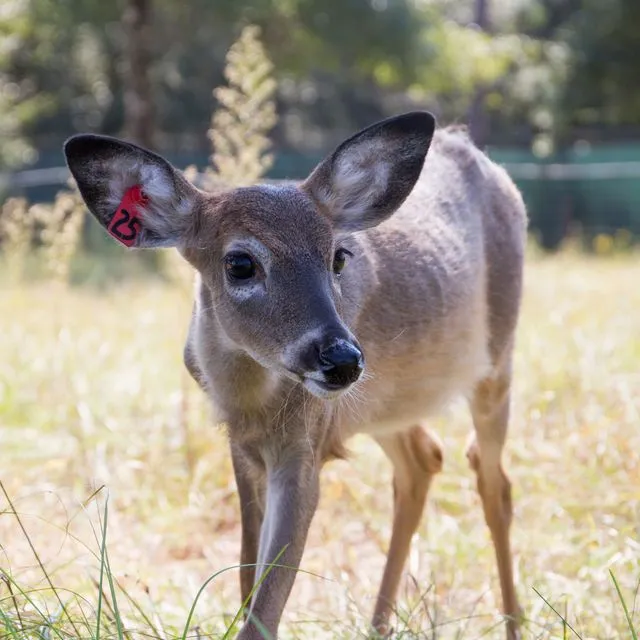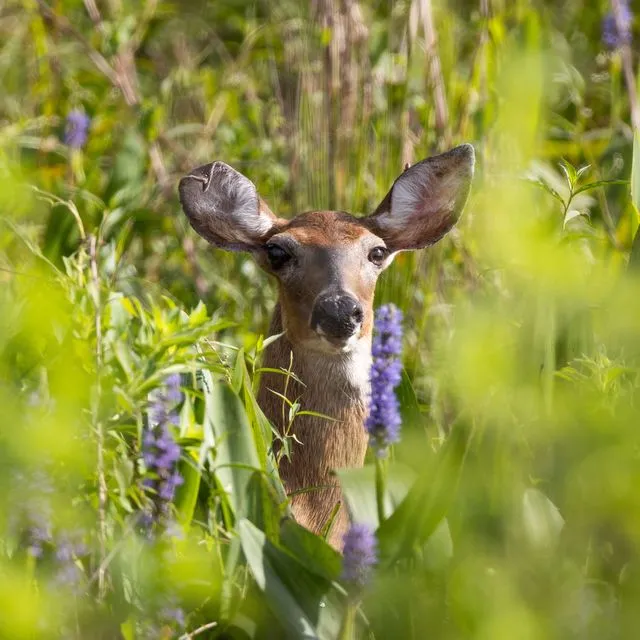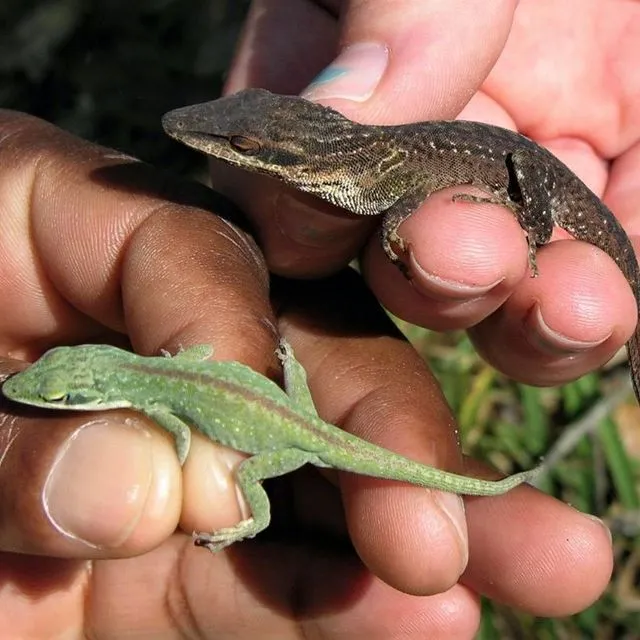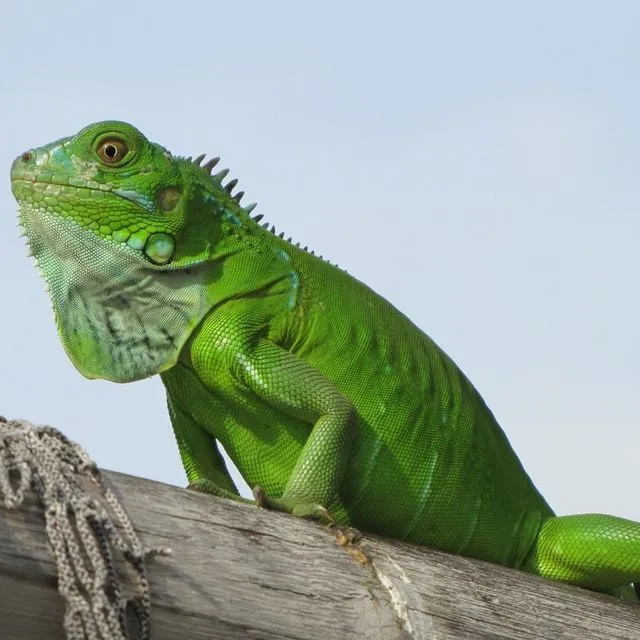Wildlife Ecology and Conservation
"To serve, advise, and develop educational programs for Florida citizens in conjunction with county extension agents and other state, county, and local organizations interested in wildlife issues."
Programs are oriented toward the use, conservation, management, and appreciation of wildlife resources, and requests for such programs can be made through county Extension offices or directly with specialists.
Editorial Team
- Marty Main - Editor
- Eric Hellgren - Chair, Approver
- Susan Gildersleeve - ICS Editor
- Laura Sanchez - Assistant
Related Links
New and Revised Publications
"To serve, advise, and develop educational programs for Florida citizens in conjunction with county extension agents and other state, county, and local organizations interested in wildlife issues."
Programs are oriented toward the use, conservation, management, and appreciation of wildlife resources, and requests for such programs can be made through county Extension offices or directly with specialists.
Editorial Team
- Marty Main - Editor
- Eric Hellgren - Chair, Approver
- Susan Gildersleeve - ICS Editor
- Laura Sanchez - Assistant
Related Links
New and Revised Publications
Showing 100 of 217 Publications
Showing of 40 Experts



